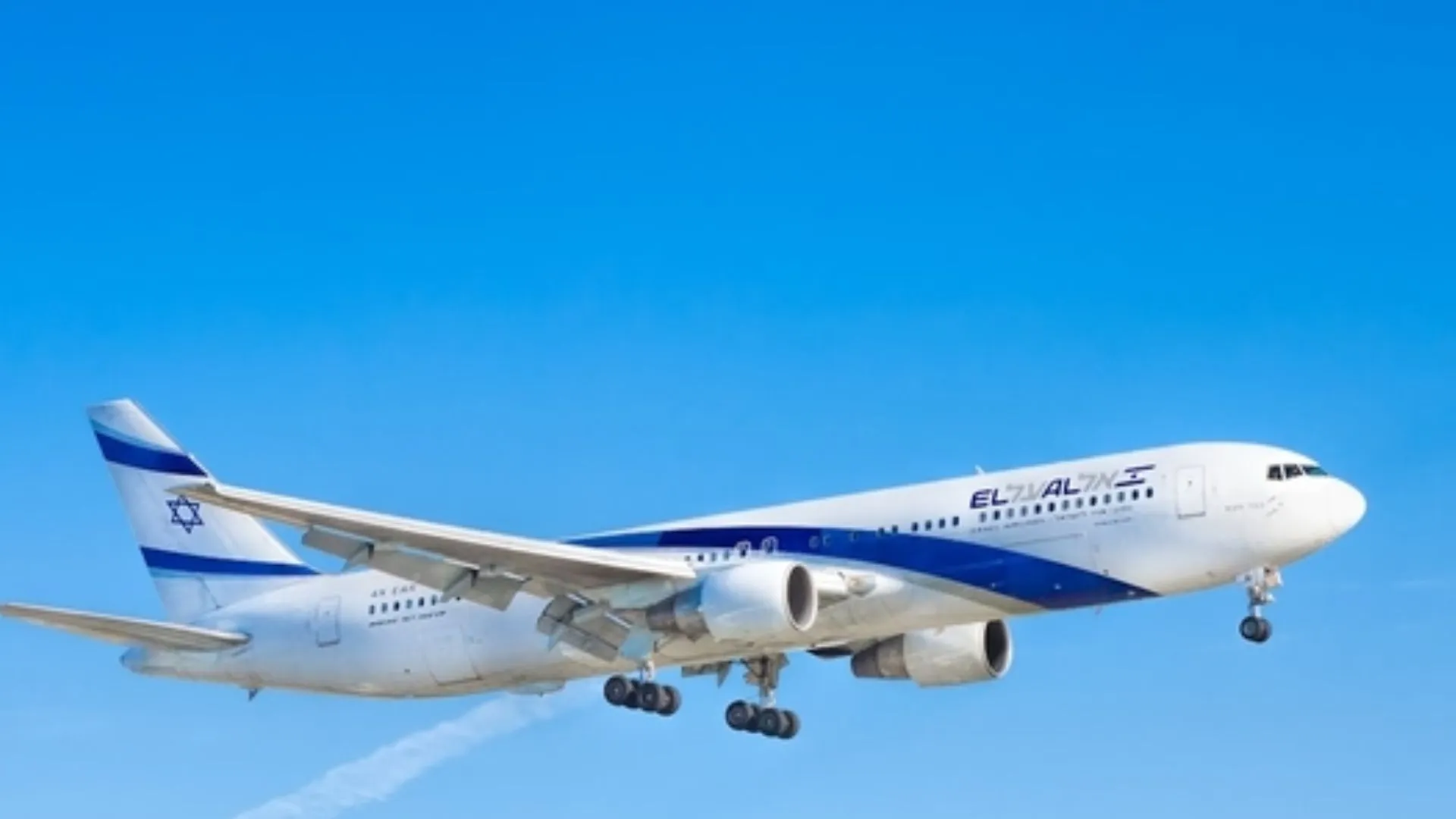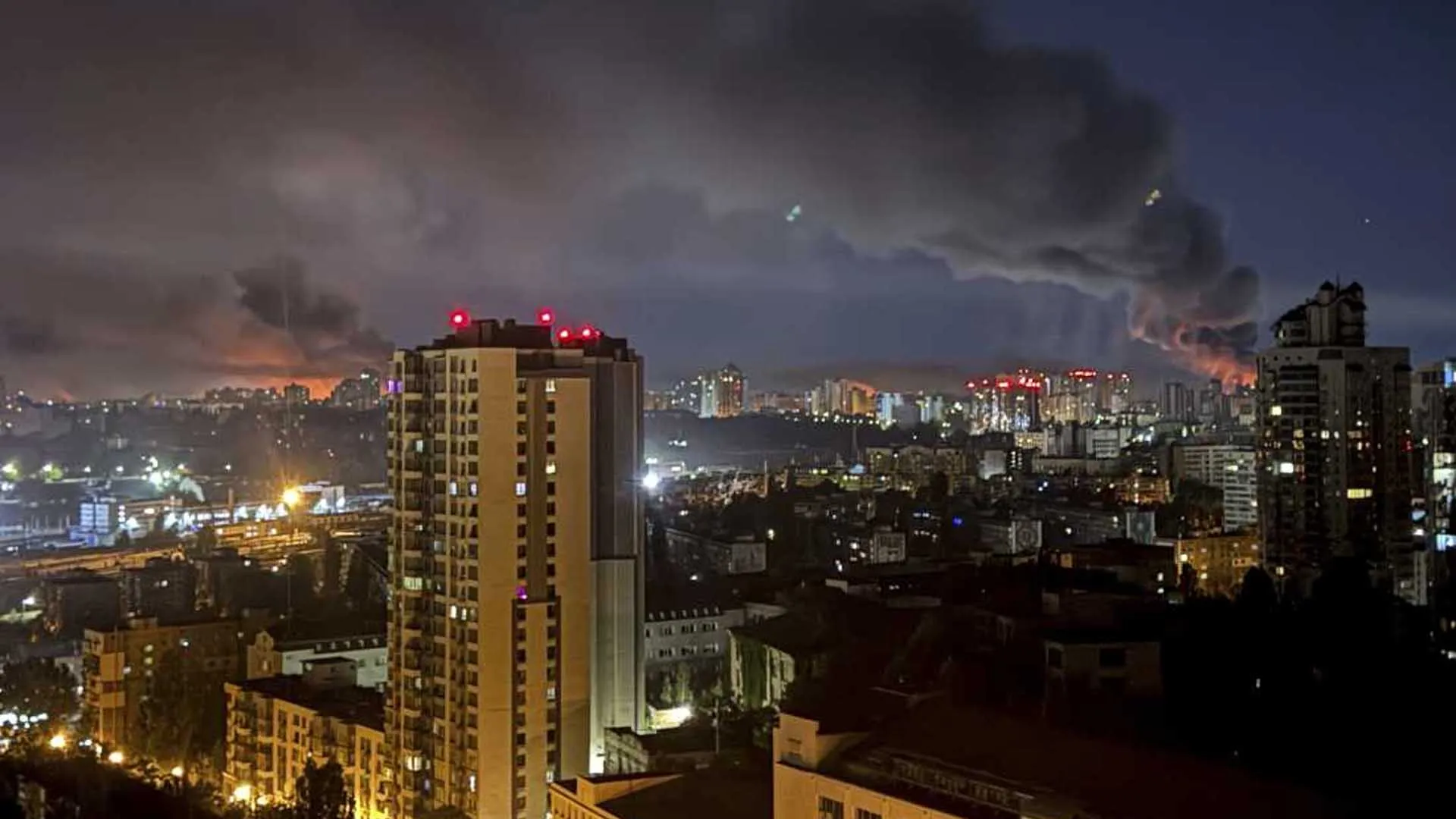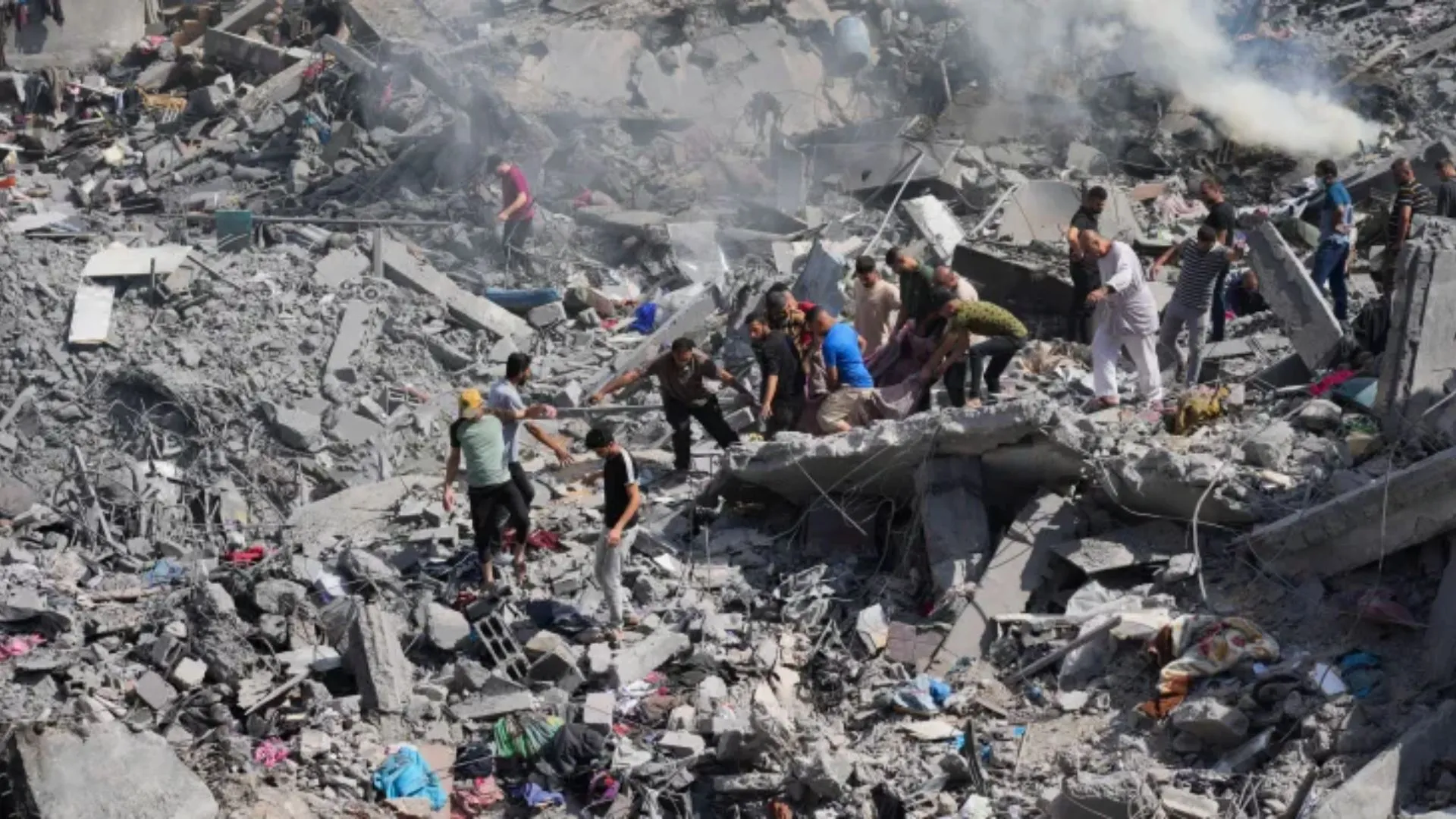Airlines continued to avoid major parts of the Middle East on Sunday following the recent US airstrikes on Iranian nuclear facilities. According to flight tracking platform FlightRadar24, flight patterns in the region have changed significantly due to safety concerns after ongoing missile exchanges.
Airspace Avoidance Continues
FlightRadar24 posted on social media platform X, stating, “Following US attacks on Iranian nuclear facilities, commercial traffic in the region is operating as it has since new airspace restrictions were put into place last week.”
Their tracking maps showed that no commercial aircraft were flying over Iran, Iraq, Syria, or Israel. Instead, airlines opted for longer routes, either going north through the Caspian Sea or south via Egypt and Saudi Arabia. These alternative paths lead to increased fuel and crew expenses, as well as longer travel times.
Rising Threats to Air Travel
The growing number of global conflict zones, marked by frequent missile and drone strikes, poses a serious threat to civil aviation.
Since Israel launched strikes on Iran on June 13, many airlines have halted flights to countries in the region. Some evacuation and repatriation flights have continued, mainly from nearby countries or for Israeli citizens.
Israel Suspends Flights
Israel’s top airlines, El Al and Arkia, announced on Sunday that they were suspending all ongoing rescue flights that had helped bring back Israeli citizens. El Al also said that all scheduled flights would remain canceled through June 27.
Israel’s airports authority confirmed the country’s airspace remained closed for all flights. However, land border crossings with Egypt and Jordan were still open.
Evacuations Underway
Japan’s foreign ministry reported that it had evacuated 21 people from Iran, including 16 Japanese nationals. They were moved overland to Azerbaijan. This was the second evacuation effort by Japan since Thursday, and the ministry said it was prepared to carry out more if needed.
Meanwhile, New Zealand announced on Sunday that it would deploy a C-130J Hercules military aircraft to the Middle East. The plane, along with government staff, was scheduled to leave Auckland on Monday. Officials noted that the aircraft would take several days to arrive in the region.
The New Zealand government also said it was in discussions with commercial airlines to explore additional evacuation options for its citizens if required.























